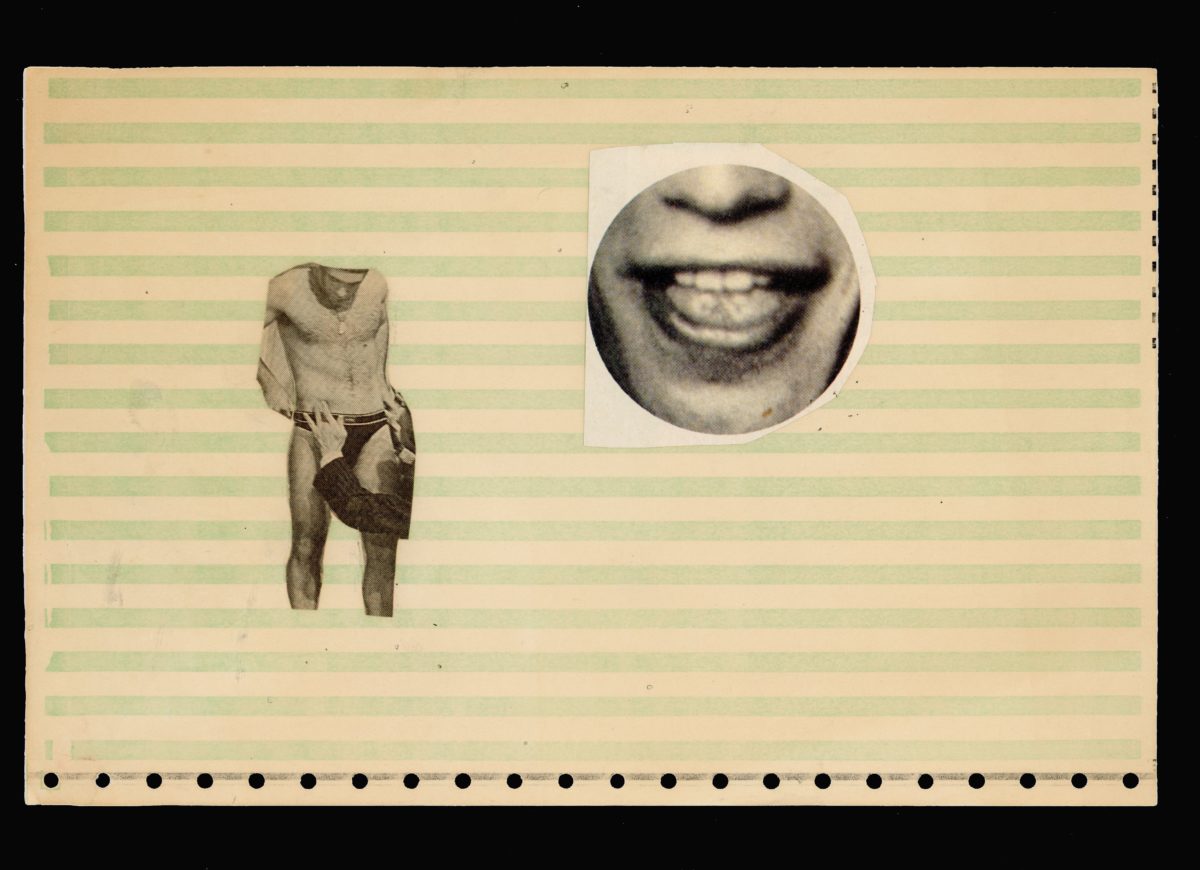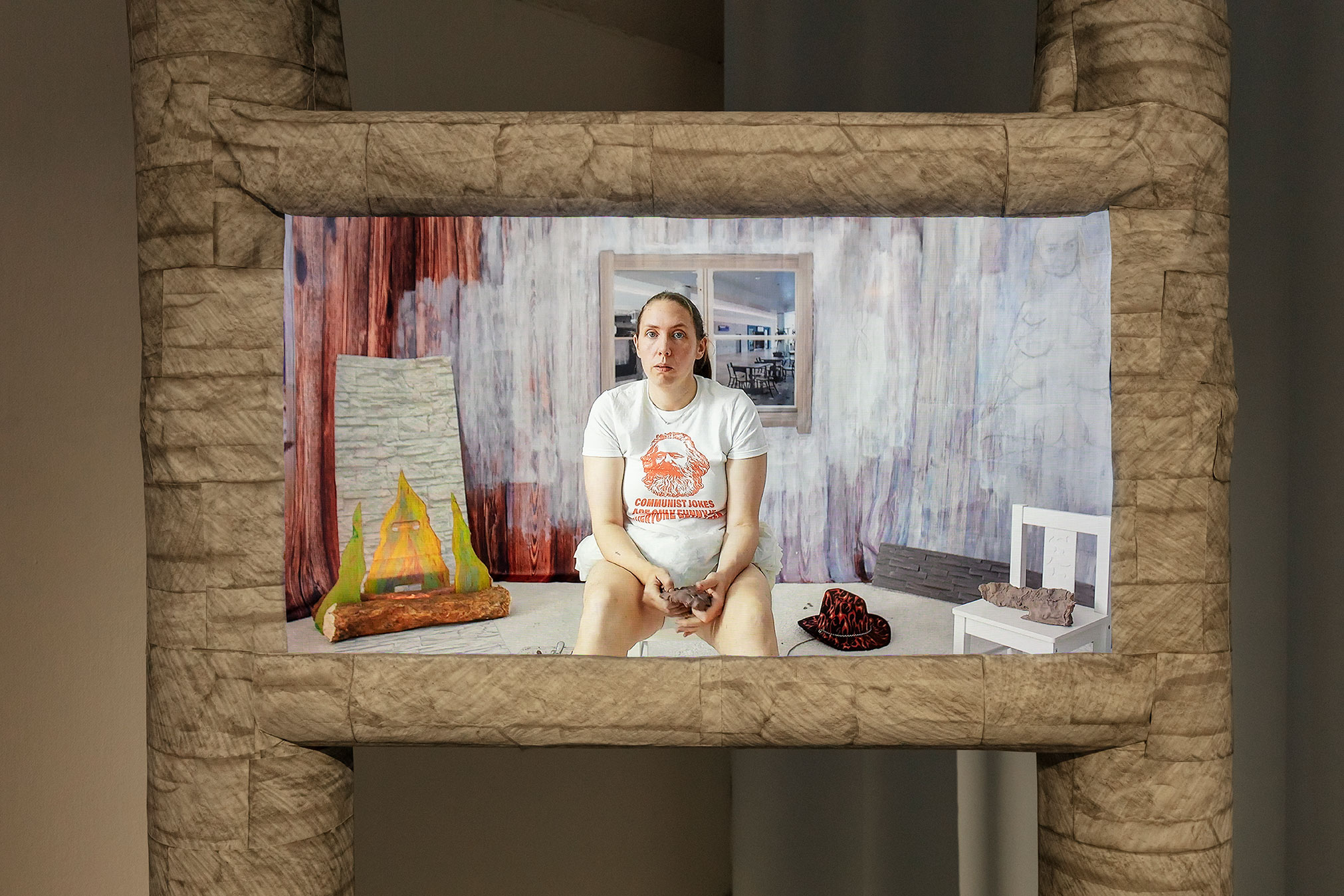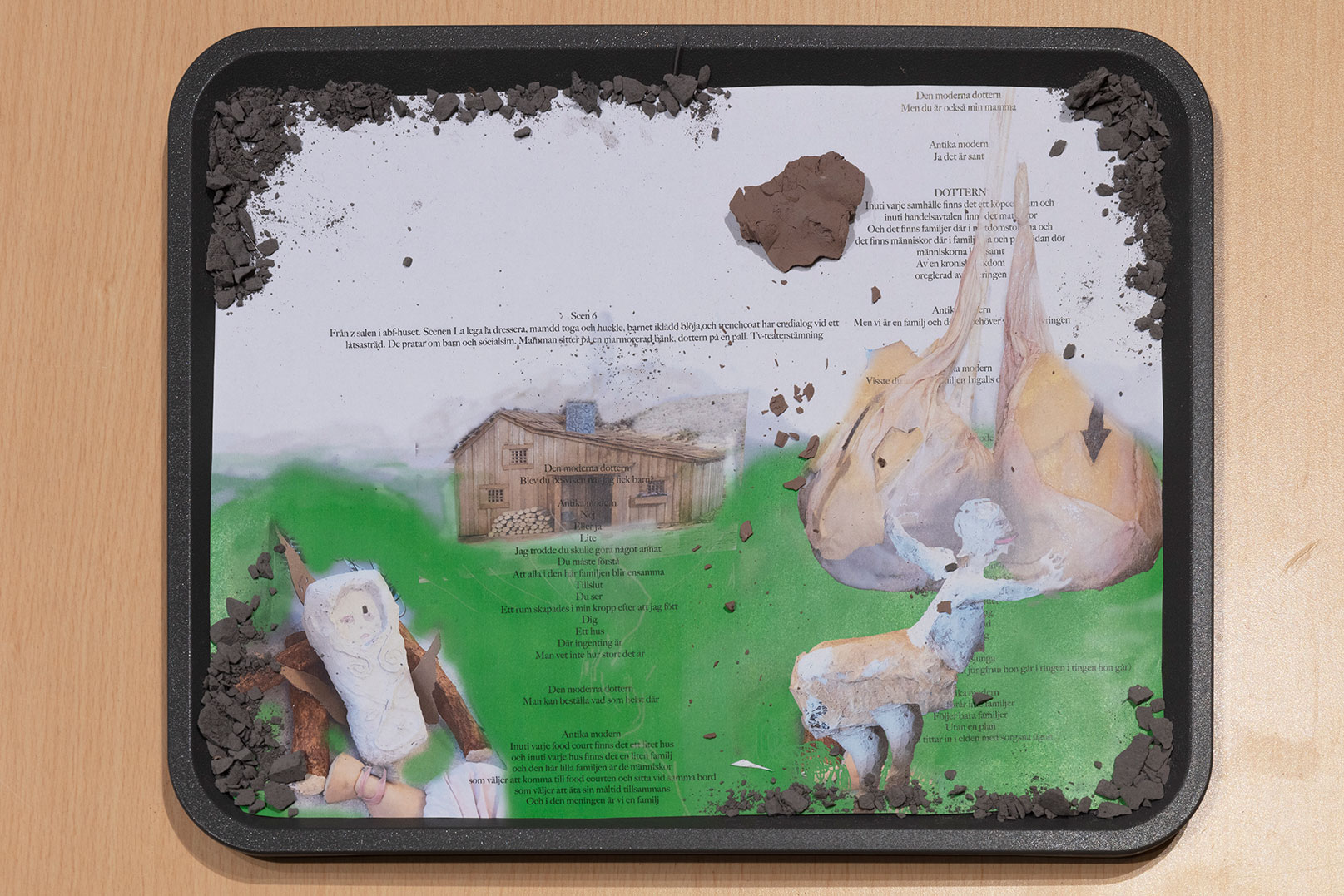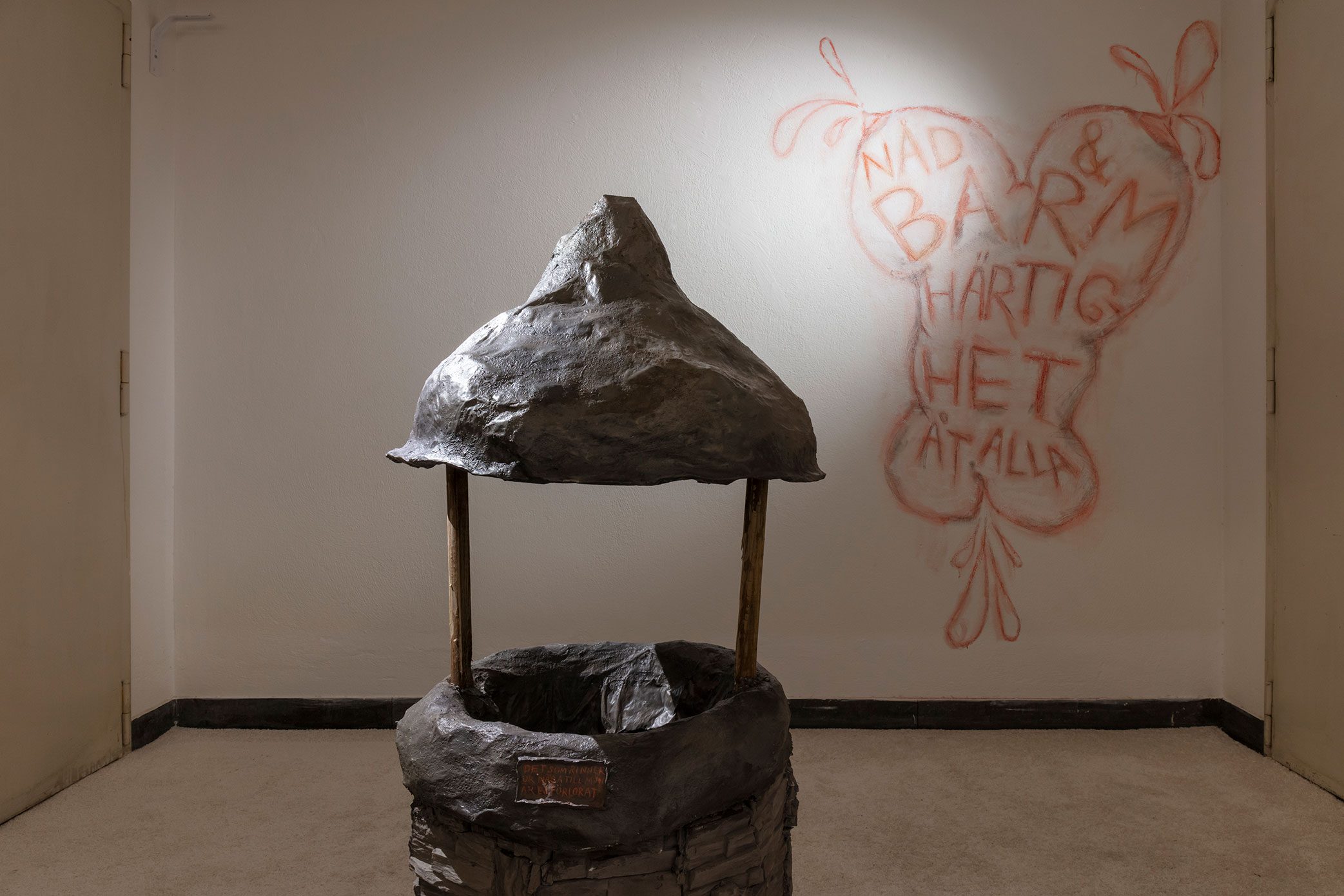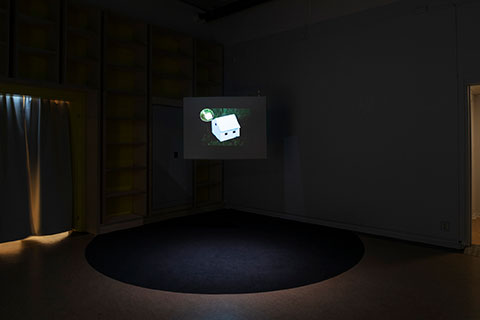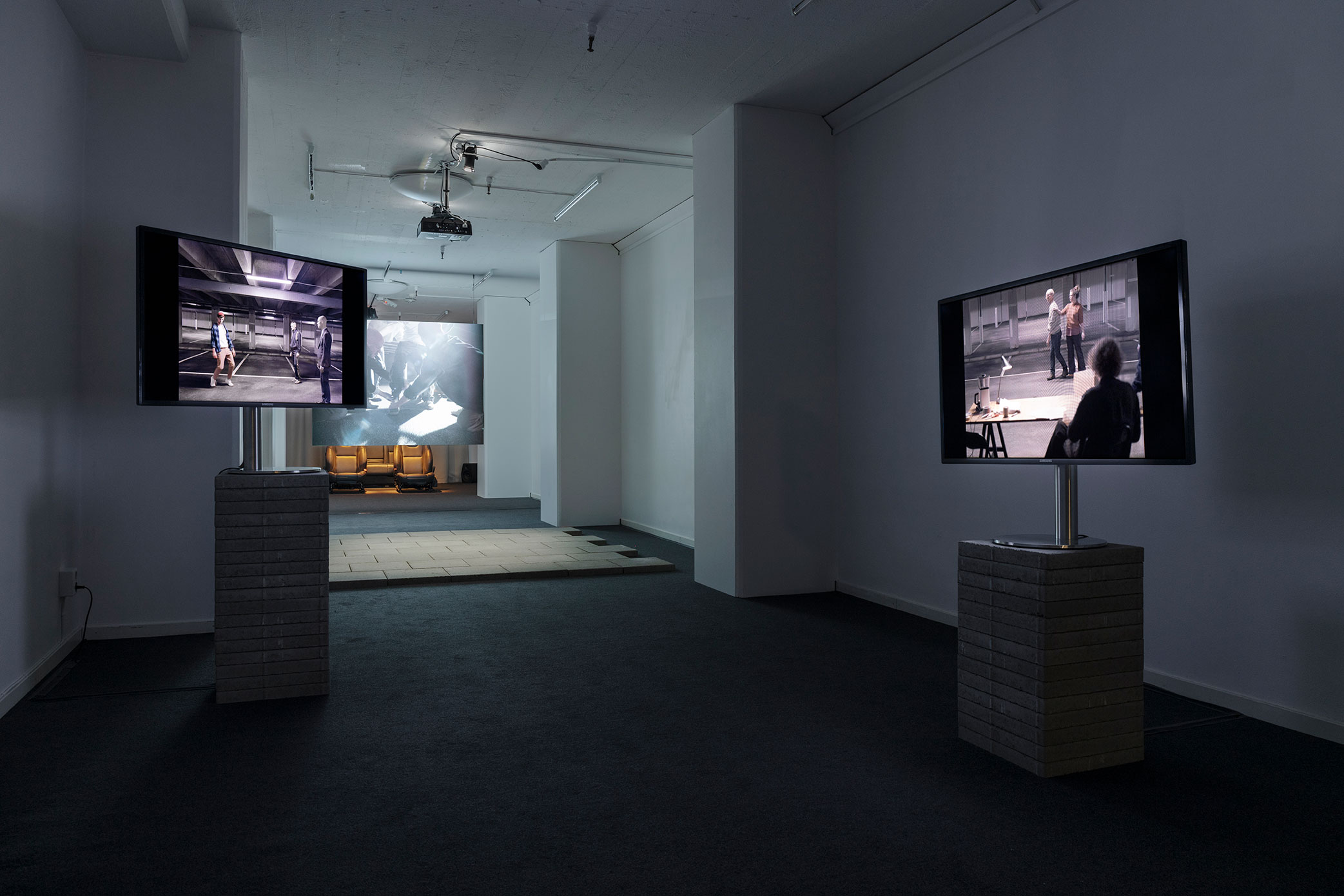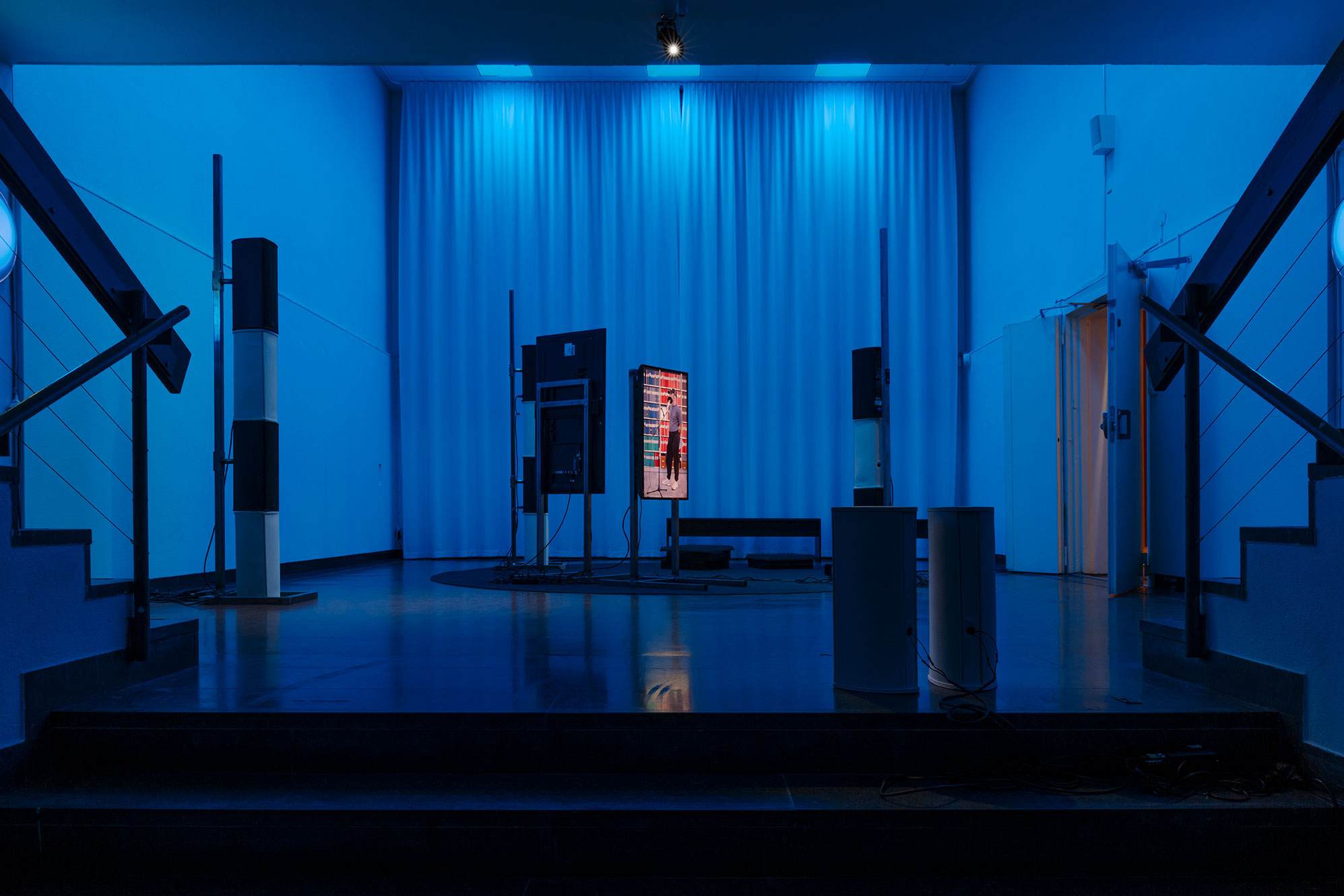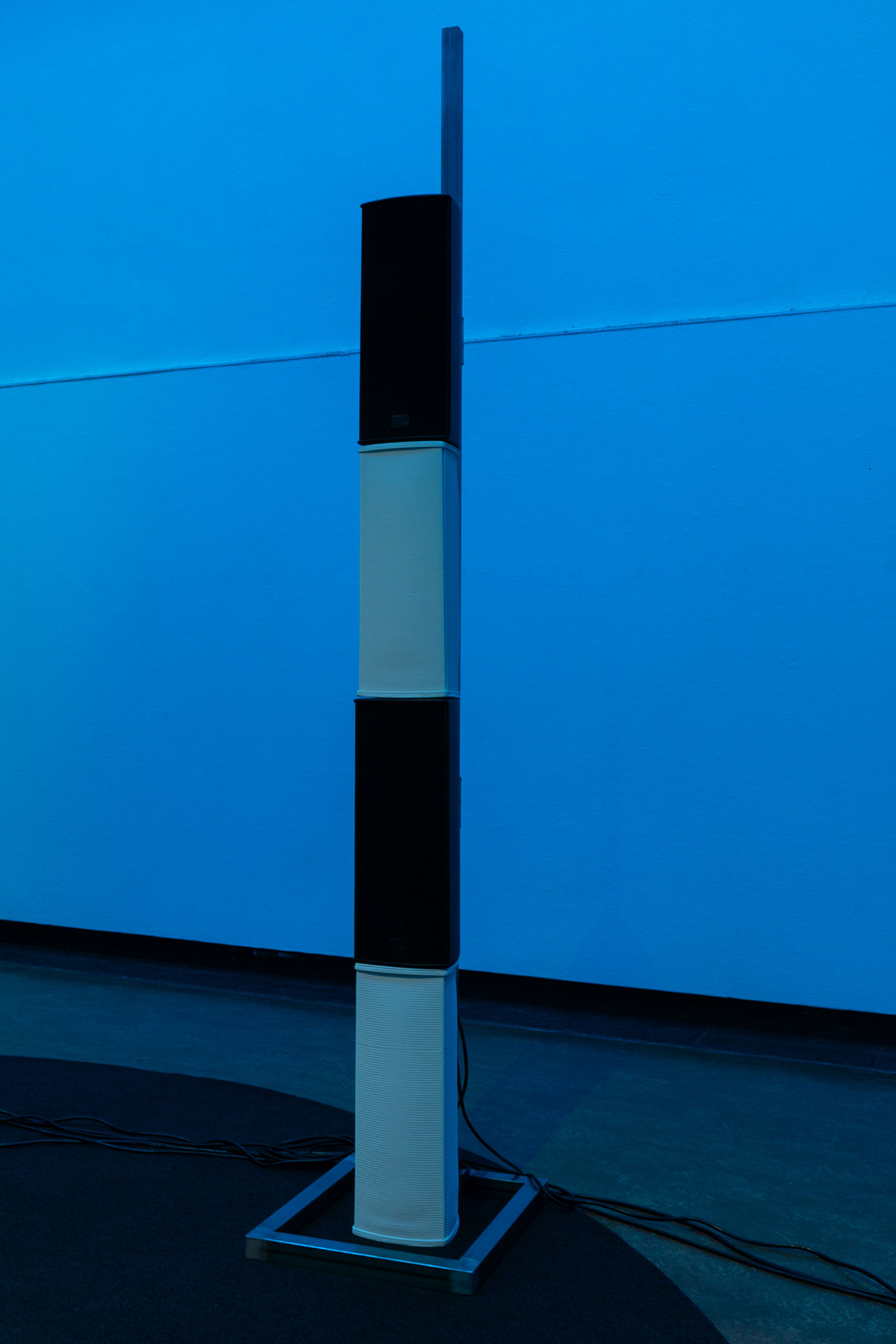Performance 19.9, 8:30pm
Exhibition 20.9 – 26.10, 2024
LOVE TEST: Cruising for a Bruising is a collaboration between artist Rosa Aiello and actor Dylan Aiello. Building on a lifelong creative collaboration, the siblings stitch together film and live performance to stage the slippery dynamics of testing love, attention-seeking, and pushing past thresholds of social comfort—power plays in search of meaningful connection. This piece is made up of short comic routines, or “Lazzi”, performance units from Commedia dell’Arte theatre used to construct, break into, and unravel plots. Here they serve to destabilise the roles we take on as friends, family, professionals, lovers. LOVE TEST puts a spotlight on the urge to act, to control, to make something happen: it is a variety show, an ecstatic conversation, a road trip, a succession of interruptions, asking “Who is in charge?” The one behind the camera, in front of the audience, the one driving, the one watching?
The original piece was commissioned by Anorak e.V, and premiered at their location in the Green House, Berlin in May 2023. It features film footage by Laura Langer and filmed appearances by Laura Langer, Arianna Calgaro, Leslie Ewen, Victor Jacono, Maya Misfud, Tori Sasso-Briggs, Scarlett Stitt, and Katherine Ward.
In the main space of MINT Rosa Aiello and Dylan Aiello will also be mounting a solo exhibition of new work, a second chapter of LOVE TEST, featuring footage shot this April with their family and community in Lamezia Terme, Calabria. These new video installations experiment with how the gaze functions to delineate belonging, to give rise to connection and to discipline, within groups and between individuals.
